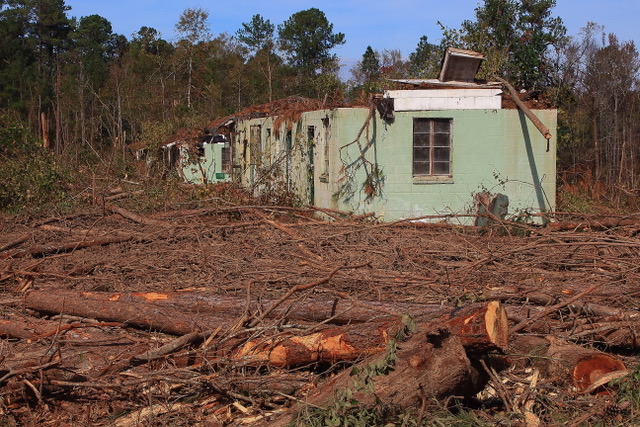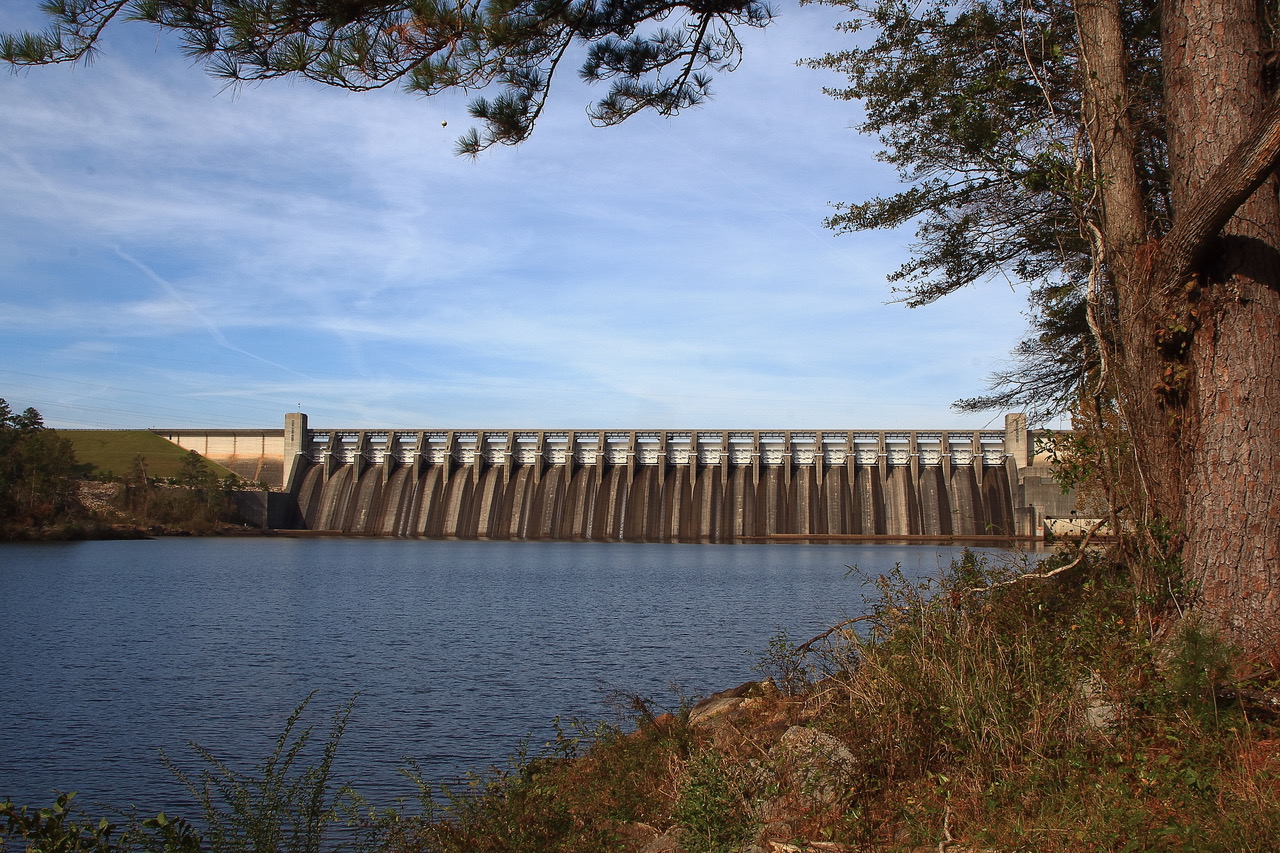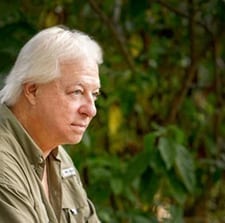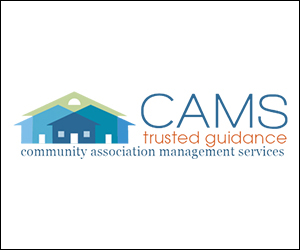Hidden by Woods; Revealed by Wind
March 20, 2025By Tom Poland
I was cruising a familiar Georgia road looking for the past. A gut feeling told me to strike out for a place Hurricane Helene devastated—the busy four-way stop known as Pollards Corner. Those heading to and from Augusta burn this road up. I’ve driven through the four-way much of my life. I’ve ridden through it with my parents and sisters on many a trip. I’ve seen all it has to offer. Or so I thought.
At this four-way Highway 47, the Augusta Highway, turns into Highway 104, Washington Road, which leads to Augusta. Highway 150/221, aka Clarks Hill Road, runs to the South Carolina line at Clarks Hill Dam, J. Strom Thurmond Dam to some. Lots of folks pass through here.
Hurricane Helene passed through here too. She didn’t destroy trees; she massacred them. Laying waste to tree after tree exposes long-hidden things. Thus, I experienced an eye-opener when I visited this intersection I’ve passed through 1,000 times. A discovery that gives credence to something I’ve long suspected.

Did a small Army base’s barracks station soldiers to protect a dam being built?
—
“You can’t see the forest for the trees.” It’s a way of saying you can’t see the big picture when you focus on the details. All these years of driving through Pollards Corner I couldn’t see simple buildings for the trees. Just east of Pollards Corner, green, concrete-block buildings stand in vines, resinous stumps, and a ravaged forest. Square, almost cubical, they bring to mind the early hotels of Florida beaches. Windows of eight panes reinforce that impression. What could these simple buildings be? Who built them? And why?
The answers rolled down Highway 150 in a large dieseling pick-up. The driver lowered his window and shouted, “Army barracks.” I shouted back, “thanks,” and he pulled onto the shoulder and drove right up. Don Gray got out.
Gray said the US Army built the barracks as part of a small base during the Korean War to protect the dam being built. Close by, he said, the Army built an airfield to support the soldiers. Gray used his iPhone to show me where ruins of the airfield lie.
A military presence felt right. I have long heard a major reason the dam went up was to guarantee Savannah River Plant’s reactors a fail-safe water supply. Gray said the dam went up for flood management. I knew that and I knew that hydroelectric power and recreational benefits came with the dam as well. Still, I had read in that vast Google library that a water supply to cool reactor cores was the reason a dam straddles the mighty Savannah River close by.

Clarks Hill aka J. Strom Thurmond Dam.
The barracks’ mint-green paint seemed surprisingly green. Gray said it was because it was lead paint. For sure sunlight didn’t fade the paint as it could have. Pine trees hid the barracks so well Google Earth failed to reveal any barracks at all. I saw dark green canopies. Nothing else.
After Gray left I looked at the old barracks and imagined soldiers assembling at dawn. Did reveille sound over the land where Pollards Corner sits? Horns aplenty sound there today … log trucks, pickups, and shoppers impatient to get through the intersection.
You drive by an area long taken over by forests and you have no idea what hides among the bark, leaves, and needles. In the case of Pollards Corner, it’s what’s left of a small Army base. At least that’s what a stranger told me. I see no motive for him making that up. There was nothing to gain and so I believe him.
Since the wind came through just about everywhere I drive I see Helene’s devastation. I see, too, things I never knew existed. Sometimes it takes a disaster or a clearcut to reveal history. For me, it was an eye-opening experience in more ways than one.
Photos by Tom Poland.
Georgia native Tom Poland writes a weekly column about the South, its people, traditions, lifestyle, and culture and speaks frequently to groups in the South. Governor Henry McMaster conferred the Order of the Palmetto upon Tom, South Carolina’s highest civilian honor, stating, “His work is exceptional to the state.” Poland’s work appears in books, magazines, journals, and newspapers throughout the South.
Visit Tom’s website at www.tompoland.net
Email him at [email protected]



















